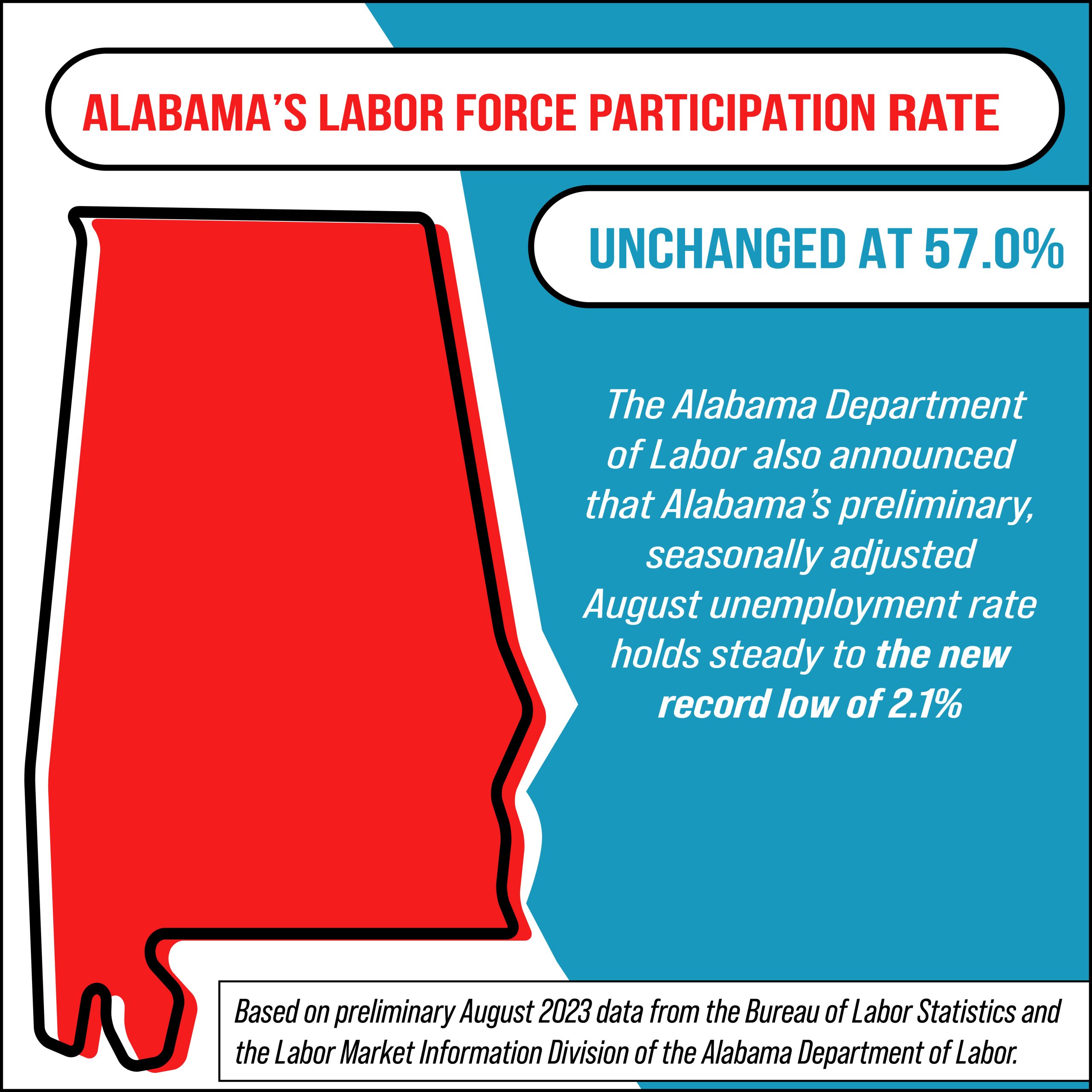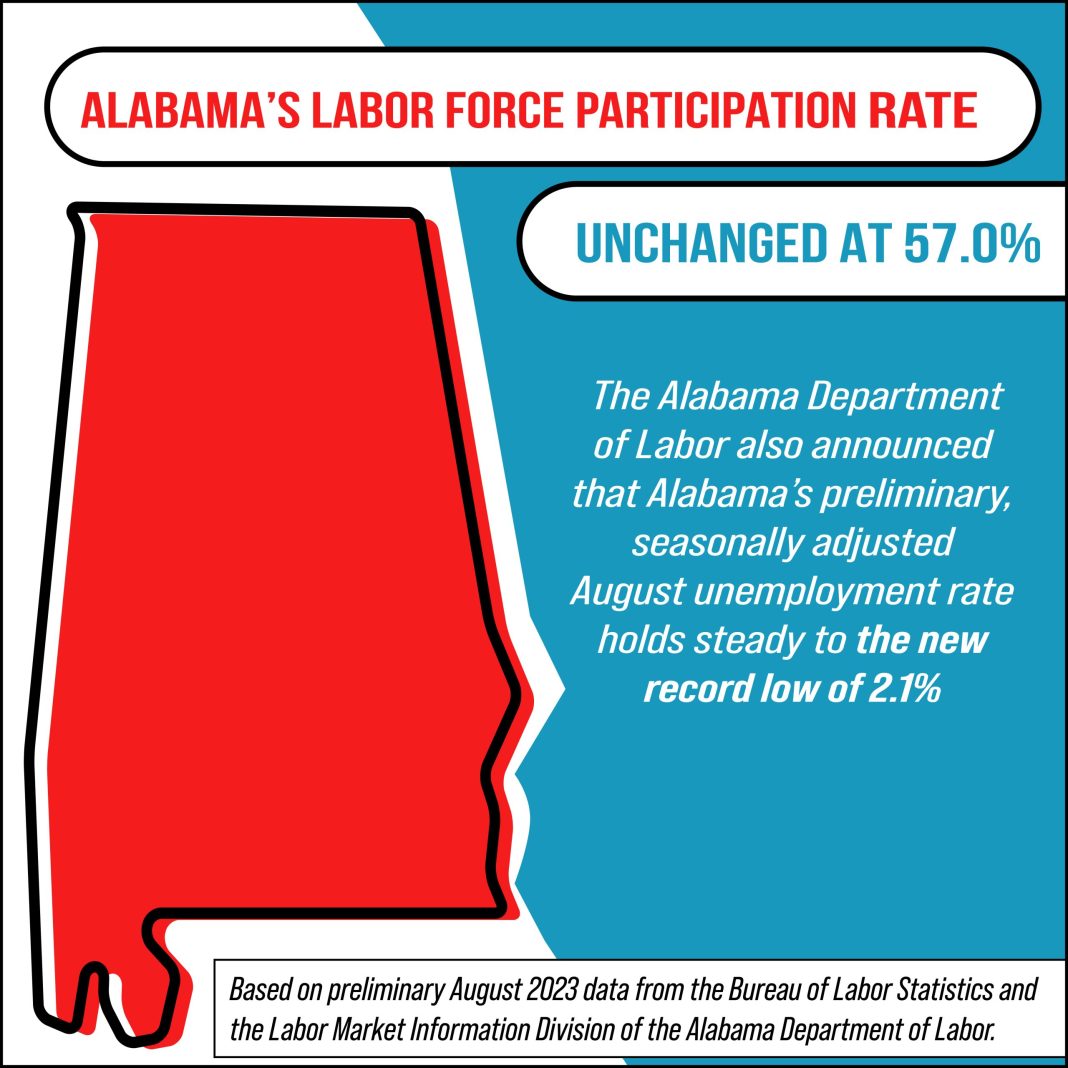
Labor Day Reflections: The Troublesome State of the Jobs Market
Introduction: A Mixed Signal in an Uncertain Economic Landscape
In the midst of economic confusion and uncertainty over the past four years, the jobs market has been a seemingly bright spot, providing hope for a strong recovery. However, as we approach the fall of 2024, Labor Day brings with it some grim news that challenges this perception.
Labor Participation and Worker/Population Ratios: Lingering Effects of Lockdowns
Despite some bounceback hires following the devastating lockdowns that closed businesses nationwide, labor participation has never fully recovered from the impact of these measures. In fact, it currently stands below 2019 levels. Additionally, worker/population ratios continue to struggle for a full recovery. This is concerning, as new job opportunities are now declining dramatically when they should ideally be on the rise.
Job Opportunities Drying Up: Difficult Times for New Hires
The drying up of both full-time and part-time job opportunities has made life exceedingly difficult for new hires and those transitioning from one job to another, particularly in the hospitality and business/professional services sectors. The revised hiring numbers from the past two years only add to the pessimism surrounding the labor market.
Declining Youth Labor Market Participation: A Troubling Trend
The labor market has witnessed a significant decline in the number of young people actively participating, dropping from nearly 60 percent in 1976 to just 36 percent today. While there was a temporary increase following the lockdowns, this trend is now reversing.
Rising Unemployment Rates: A Broader Challenge
It’s not just the baseline unemployment rate that is rising; all categories of unemployment, including the broader U-6 numbers, are on the increase. This presents a more comprehensive challenge to the labor market.
Factors Hampering Job Creation: Regulations, Inflation, and Real Wages
Several major factors have contributed to the stagnation of job creation in the United States. Labor has become more expensive due to regulations and mandates, making it harder for businesses to onboard new employees. Inflation has diverted resources away from labor, resulting in reduced real wages. The existing data on real wages per worker is likely unreliable due to underreported inflation adjustments. Wage increases have failed to keep up with inflation.
Declining Household Income: A Harsh Reality
The upcoming annual survey on real median household income by the Census Bureau is expected to reveal a fourth consecutive year of decline. Conventional inflation data already suggests a potential decline of up to 5 percent. However, adjusting for the underreported inflation, the situation could be even worse, with households potentially losing as much as 10 percent or more of their purchasing power over the past four years. This decline in purchasing power is happening despite the mass conversion of full-time jobs to part-time positions and a record number of multiple job-holders.
The Deterioration of the Labor Market: Challenges for Job Seekers
The labor market has undergone significant changes, making it increasingly challenging for job seekers. Young people fresh out of college often face the daunting task of sending out hundreds or even thousands of resumes, with minimal response rates. Many job postings are deceptive, creating a false impression of opportunities. The digital jobs marketplace has failed to eliminate the old system of relying on connections and networks.
The Impact of Diversity, Equity, and Inclusion (DEI) Standards: Unintended Consequences
The implementation of DEI standards in the workplace has had unintended consequences. White males, often seen as powerful individuals, now feel aggrieved, while minority workers face skepticism regarding their skills and credentials. The focus on diversity has diminished the importance of merit in the hiring process. Additionally, employers, already financially strained due to inflation, are less willing to take risks.
The Role of Labor Unions: Mixed Impact
Contrary to popular myths, labor unions have not consistently benefited American workers. While they played a valuable role in the late 19th century, obtaining government favors has led to detrimental consequences in the modern era. Labor unions have cartelized the labor pool, excluded marginal workers, and artificially inflated wages. They have also pushed for regulations such as child labor laws and minimum wages, which limit job opportunities for those in need. Public-sector unions, in particular, have hindered administrative reform, creating a barrier to much-needed change.
Closing Thoughts: A Challenging Labor Market
As we reflect on Labor Day, it becomes evident that workers have little to celebrate in the current labor market. Economic statisticians may soon acknowledge the truth of an impending recession, backdating its start to a time when labor markets began to crack. With slow and uncertain growth in output, these challenges are becoming increasingly difficult to ignore. It is crucial to address the issues plaguing the labor market and work towards creating a more favorable environment for workers and job seekers alike.


